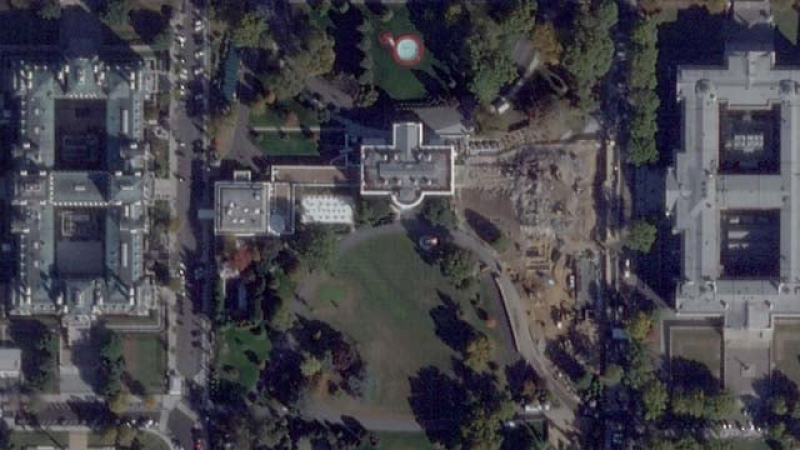- Walton installs country’s largest floating solar power plant |
- Dhaka in heat trap; shining skyline overlooks viable designs |
- Cyclone Montha forms in Bay, warning signal no. 2 issued |
- Trump Heads to Japan Ahead of Key China Talks |
- Walton Unveils Bangladesh’s Largest Floating Solar Plant |
Trump Razes White House East Wing for $300M Ballroom Project

Trump Razes White House East Wing for $300M Ballroom Project
Demolition workers have completed tearing down the entire East Wing of the White House to make way for President Donald Trump’s new $300 million ballroom, according to newly released satellite images.
The images, dated Thursday, show a patch of rubble where the iconic structure once stood. The demolition marks a far more extensive transformation than Trump had initially announced, taking place with little public warning.
When Trump first unveiled the project in July, he said the 90,000-square-foot ballroom would be built “near the White House but not touching it.” However, after work began, he said that “really knocking it down” was preferable following consultations with architects.
Trump insists the 1,000-seat ballroom is essential for hosting state dinners and large events that currently require temporary tents on the White House lawn.
The White House confirmed the ballroom’s cost at $300 million, up from earlier estimates, but said the project will be funded entirely through private donations and Trump’s personal contributions.
A list of donors released Thursday includes tech giants Apple, Google, Meta, Amazon, and Palantir, as well as defense contractor Lockheed Martin. Individual contributors include the family of Commerce Secretary Howard Lutnick and entrepreneurs Cameron and Tyler Winklevoss.
The East Wing, first established during Theodore Roosevelt’s presidency and remodelled in 1942 by Franklin D. Roosevelt, had served as the First Lady’s office and the main entry point for guests for more than a century.
The White House Historical Association confirmed it completed a digital preservation project before demolition, ensuring historic artifacts were safely stored.
The move has sparked widespread criticism from historians and political opponents. The National Trust for Historic Preservation urged Trump to halt the demolition, warning that the new structure could “overwhelm the White House itself.”
White House officials maintain that Trump acted within his authority and did not require additional approval from government oversight agencies.

